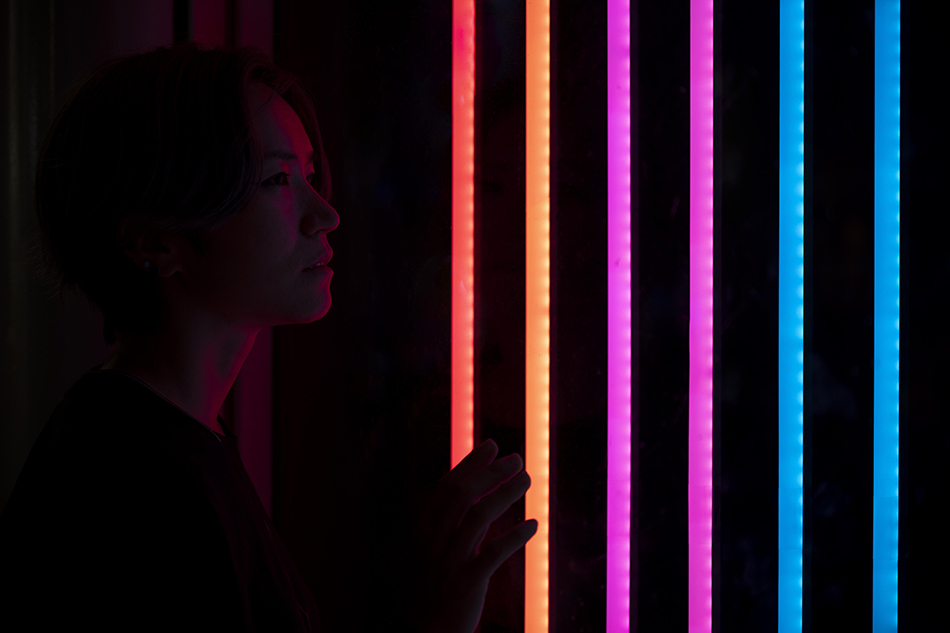Time:2025-05-26
The lighting industry is witnessing a paradigm shift with the advent of ultra-thin bendable LED flexible neon lighting kits. Combining sleek aesthetics with unmatched adaptability, these kits empower designers, architects, and homeowners to reimagine spaces with precision and creativity. This article explores the transformative potential of these innovative systems, their diverse applications, and the technological advancements driving their adoption in both residential and commercial environments.
Engineering Breakthroughs in Ultra-Thin Design
Ultra-thin bendable LED neon kits achieve their versatility through cutting-edge engineering:
Micro-LED Technology: High-density LEDs embedded in flexible substrates deliver uniform, vibrant illumination while maintaining a slim profile.
Flexible Circuitry: Bendable printed circuits allow the strips to contour to curves, angles, and intricate patterns without compromising performance.
Modular Connectivity: Interlocking connectors enable seamless extensions or reconfigurations, ideal for evolving design needs.
These innovations make the kits suitable for applications where traditional rigid lighting would fail, such as undulating surfaces or compact spaces.
Applications Redefining Aesthetic and Functional Lighting
Architectural Accents: Highlighting curved walls, floating staircases, or geometric ceilings to add depth and modernity.
Retail Displays: Creating eye-catching product showcases with backlit shelving or contour lighting that adapts to seasonal themes.
Art Installations: Enabling artists to craft dynamic, lightweight sculptures or interactive exhibits that respond to viewer movement.
Residential Decor: Framing mirrors, headboards, or kitchen islands with subtle, customizable glows that enhance ambiance.
For instance, a boutique hotel in Milan used ultra-thin neon kits to outline organic-shaped partitions in its lobby, achieving a futuristic yet inviting aesthetic.

Strategic Advantages Over Conventional Lighting
Space Efficiency: A thickness of just a few millimeters allows discreet integration into tight spaces, such as cabinetry edges or alcoves.
Design Freedom: Bendable strips enable custom shapes—waves, spirals, or logos—without requiring complex fabrication.
Energy Efficiency: Low-voltage LED systems reduce power consumption while providing consistent, flicker-free illumination.
Renter-Friendly Solutions: Adhesive-backed or magnetic mounting options facilitate temporary installations without damaging surfaces.
Installation and Maintenance Best Practices
Surface Preparation: Clean and dry surfaces thoroughly to ensure strong adhesion, especially in humid or high-traffic areas.
Bending Techniques: Use gradual curves to avoid sharp folds that could strain the circuitry.
Power Management: Distribute power injection points evenly in long runs to maintain uniform brightness.
Cleaning Protocols: Wipe strips gently with a microfiber cloth to preserve the finish and prevent dust accumulation.
Emerging Trends in Flexible Neon Applications
Biophilic Integration: Pairing neon with natural materials like wood or stone to create organic, calming environments.
Smart Home Synergy: Integration with IoT platforms for voice control, circadian rhythm adjustments, or scene synchronization.
Wearable Tech: Embedding ultra-thin strips into fashion accessories or stage costumes for dynamic, wearable art.
Sustainable Materials: Development of recyclable silicone coatings and biodegradable adhesives to reduce environmental impact.
Overcoming Industry Challenges
Heat Dissipation: Optimize spacing and avoid enclosing strips in non-ventilated fixtures to prevent overheating.
Color Consistency: Source kits from suppliers with rigorous quality control to ensure uniform color across batches.
Aesthetic Cohesion: Test lighting under different conditions (daylight, artificial light) to harmonize with existing decor.
Case Studies: Innovation in Action
Museum Exhibit: A contemporary art museum used bendable neon to create a glowing, labyrinthine corridor that shifts colors with visitor interaction.
Restaurant Ambiance: A fusion eatery outlined its sushi bar with ultra-thin neon, enhancing both visibility and Instagrammable appeal.
Co-Working Spaces: Modular neon grids were installed in collaborative offices, allowing teams to rearrange layouts while maintaining cohesive lighting.
Future Directions in Flexible Neon Technology
Self-Adhesive Smart Strips: Pre-programmed designs with peel-and-stick functionality for instant customization.
Holographic Effects: Layering physical neon with augmented reality to create 3D visual experiences.
Self-Healing Coatings: Materials that repair minor scratches or abrasions autonomously, extending product lifespan.
Conclusion
Ultra-thin bendable LED flexible neon lighting kits are redefining the boundaries of illumination design, offering a fusion of form, function, and adaptability. Their ability to conform to any shape, coupled with energy-efficient performance, positions them as indispensable tools for modern interiors, retail spaces, and artistic ventures.
To harness their full potential, collaborate with suppliers who prioritize innovation and sustainability. As design trends increasingly favor personalization and flexibility, these kits illuminate not just spaces, but the limitless possibilities of creative expression.